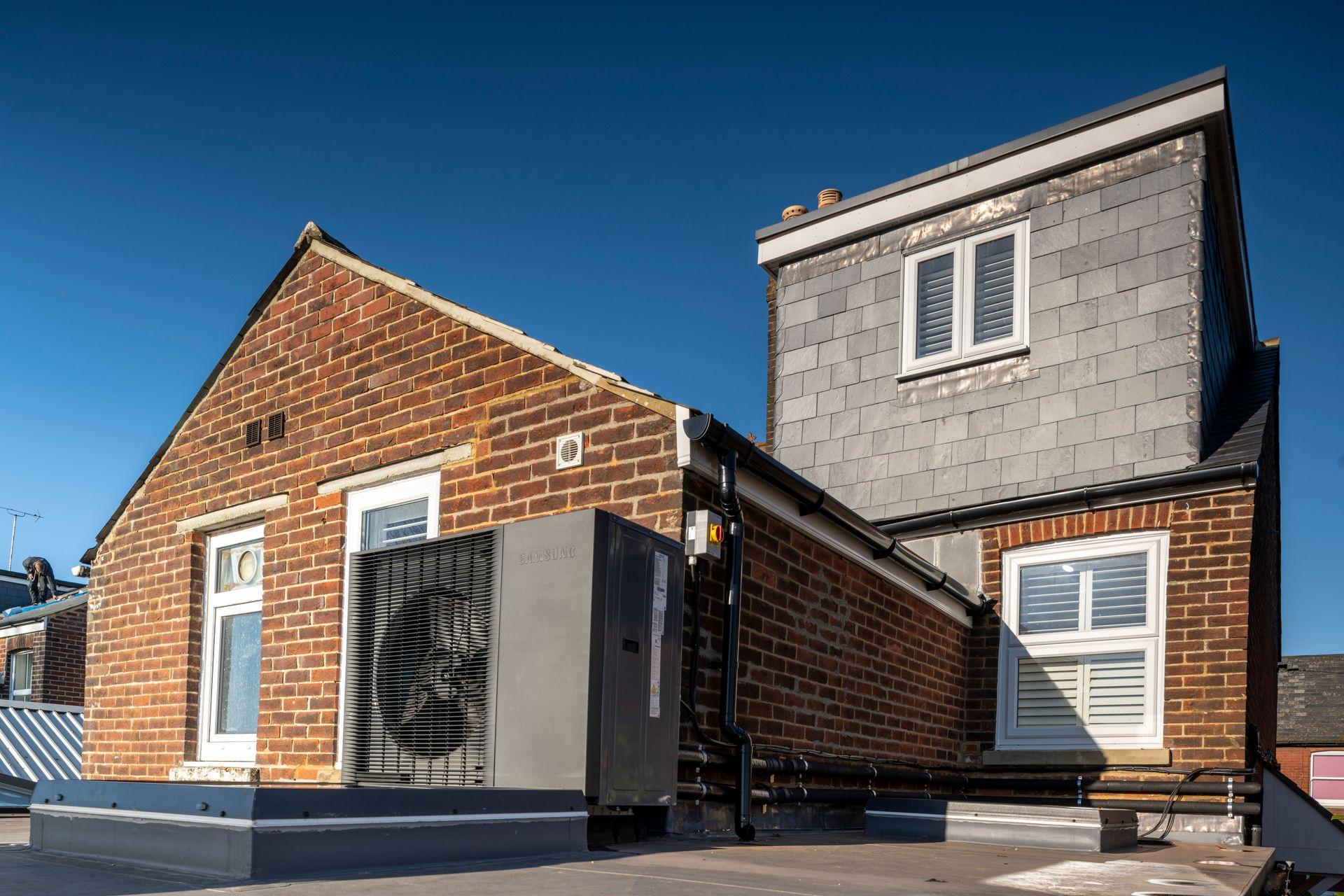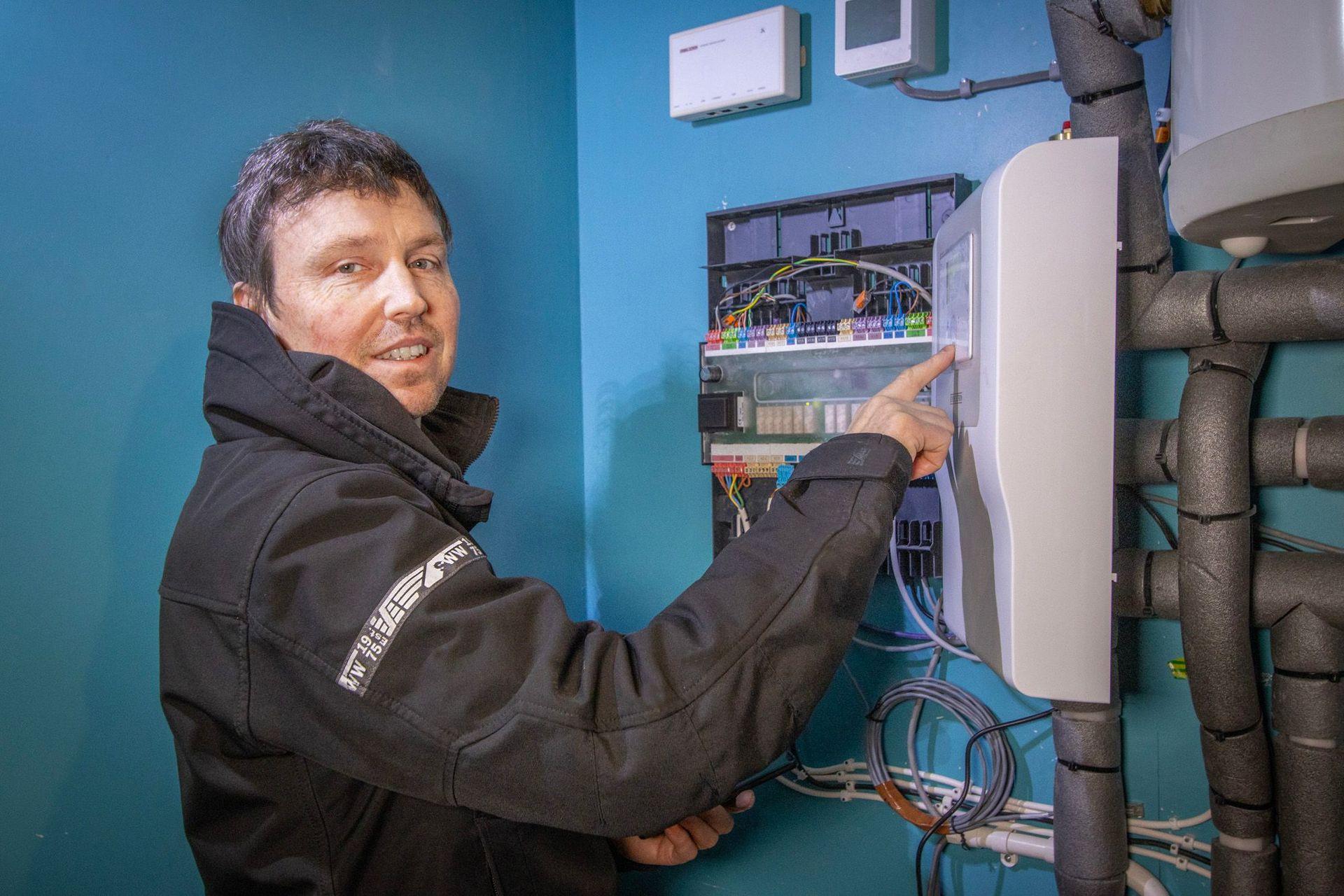
We’re the only place you can get a Free Home Energy Report & Readiness Score, tailored to your home, impartial, and yours to keep.
Why clarity matters


In the UK, home heating has been left confusing and unclear. Government advice changes, manufacturers push their own agenda, and trust in installers is often thin on the ground.
All most people want is to future-proof their home, spend their money once, and spend it right, without wasting time or enduring stress.
That’s why we built the Warmur Free Report & Score.
- It’s independent, personalised, and free forever.
- It shows if your home is heat pump ready now, or what steps to take next.
- It helps you avoid wasted spend and gives you confidence you’re doing it right.
Your heating should be low-carbon, cost-effective, and stress-free.



Is a heat pump right for your home?


Not every home is ready today, and that’s fine. The smart move is knowing where you stand and what the smartest next step is.
If your home is ready now
Your report will help you:
-
Confirm if small tweaks (radiators, cylinder, layout) are needed.
-
Plan your installation in the smoothest, most cost-effective way.
-
See the numbers clearly: grants, lifetime savings, and running costs.
The goal: a system designed right first time, for comfort and long-term value.
If you’re still preparing
Your report will:
-Show you which steps will make your home heat pump–ready.
-Help you avoid wasted spend on the wrong kit or unnecessary upgrades.
-Give you a clear, step-by-step roadmap so you can move forward with confidence.
The goal: no wasted money, no dead-ends, just a smooth switch when the time is right.
Choose Warmur
Most people don’t want a sales pitch, they want clarity they can trust.
That’s exactly what Warmur provides:
- The Free Warmur Report & Score - the UK’s first and only personalised heat pump readiness assessment.
- Step-by-step sequencing - so you don’t spend twice or fit the wrong system.
- Trusted network - vetted installers who deliver to Warmur’s standards, not box-ticking.
Affordable, Simple, Tailored Packages
We’ve simplified the process so you can choose with confidence:
- Packages starting from £3,000 (with grants applied).
- Options designed for different homes and budgets.
- Whole-of-market insights, so you always get the best value.
We’ll show you what support you qualify for, what savings to expect, and which package is right for you.



